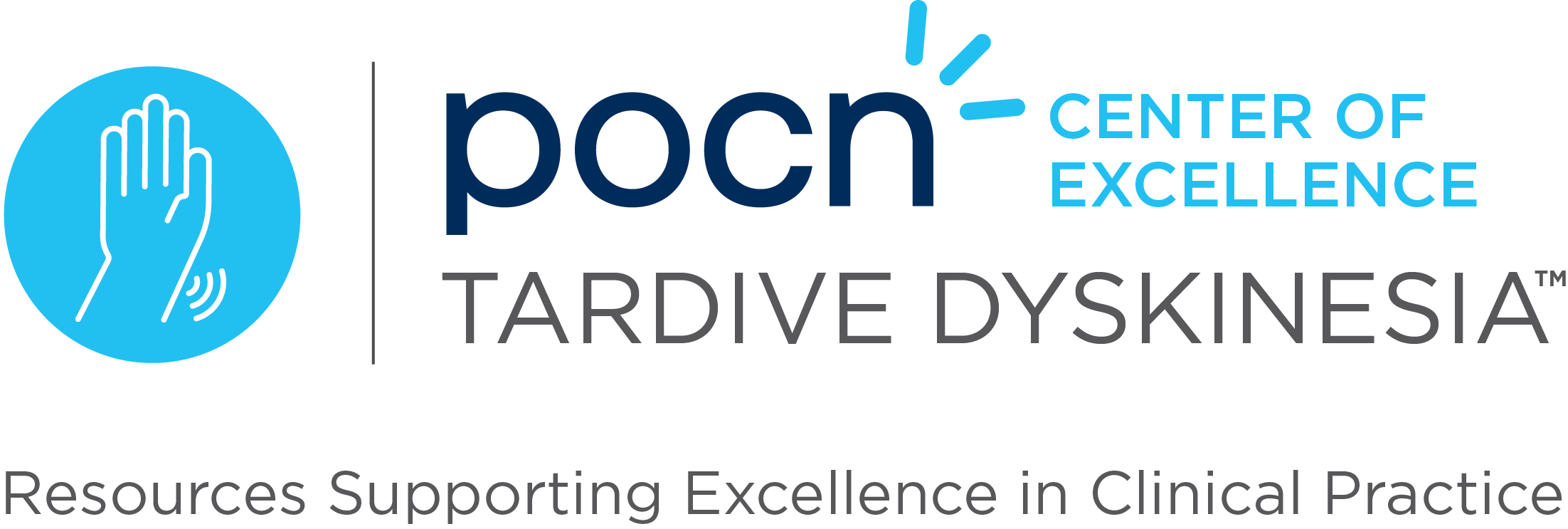Instructional Video Highlights the Importance of AIMS Exam for Detecting and Monitoring Tardive Dyskinesia

In this instructional video, Dr. Rakesh Jain, co-chair of Psych Congress, emphasizes the importance of the Abnormal Involuntary Movement Scale (AIMS) in diagnosing and monitoring tardive dyskinesia (TD). Dr. Jain details the components, scoring, and procedure for conducting the AIMS exam.
Deutetrabenazine Proven Effective and Safe for Long-Term Tardive Dyskinesia Management

Tardive dyskinesia (TD), often associated with dopamine receptor antagonist (DRA) use, affects individuals with psychotic or mood disorders. This study evaluated the long-term efficacy and safety of deutetrabenazine, a VMAT2 inhibitor, in 343 patients through the RIM-TD open-label extension study.
Understanding the Differences Between Tardive Dyskinesia and Other Movement Disorders

Tardive dyskinesia (TD) is an involuntary movement disorder that develops as a side effect of long-term use of medications that block dopamine receptors, such as antipsychotics.
Early Diagnosis and Treatment Essential for Managing Tardive Dyskinesia and Minimizing Risks

Tardive dyskinesia (TD) is a movement disorder caused by long-term use of dopamine receptor-blocking agents, especially antipsychotics.
Experts Discuss Managing Co-Occurring Drug-Induced Parkinsonism and Tardive Dyskinesia

In a discussion led by Rakesh Jain, MD, MPH, experts Rajeev Kumar, MD, and Jonathan Meyer, MD, explored the complexities of treating patients with both drug-induced parkinsonism and tardive dyskinesia (TD). They emphasized the importance of reducing antipsychotic dosage when possible and using amantadine to manage parkinsonism without worsening TD. If dosage reduction isn’t feasible, switching to a weaker D2 blocker like clozapine was suggested.
Managing VMAT2 Inhibitor Side Effects for Tardive Dyskinesia

At the 2021 Psych Congress Regionals, Dr. Rakesh Jain discussed the symptoms of tardive dyskinesia and provided updates on treatments, focusing on VMAT2 inhibitors. He addressed common side effects of the FDA-approved VMAT2 inhibitors, valbenazine and deutetrabenazine, and offered strategies for managing these side effects.
Expert Panel Sets Guidelines for Assessing Tardive Dyskinesia Impact

Tardive dyskinesia (TD) is a movement disorder causing involuntary movements that severely impact patients’ physical, cognitive, and psychosocial functioning. Despite its significant effects, routine clinical practice often lacks measures to assess TD’s functional impact.
Exploring the Genetic Factors in Tardive Dyskinesia Development and Management

The development of tardive dyskinesia (TD) is influenced by various factors including the type of antipsychotic, dose, duration of treatment, and individual genetic susceptibility. Studies have highlighted the role of genetic variations influencing the pharmacokinetics and pharmacodynamics of drugs, such as variations in dopamine, serotonin, and cannabinoid receptors, oxidative stress factors, and certain enzymes and transporters like CYP isoenzymes. Understanding these genetic factors is crucial as they contribute to the variability in drug metabolism and response, affecting both the efficacy and the adverse effects of antipsychotics.
Understanding and Managing Tardive Dyskinesia and Dystonia: Symptoms, Causes, and Treatments

This article covers symptoms, causes, and treatments for tardive dyskinesia and dystonia, both triggered by medications used for mental disorders, especially antipsychotics. Tardive dyskinesia results in involuntary facial movements, while dystonia causes sustained muscle contractions, often affecting the head and neck. While tardive dyskinesia develops gradually and may persist after medication cessation, dystonia can onset rapidly and stem from various causes including infections, tumors, or genetic factors.
The Extensive Impact of Tardive Dyskinesia Physically, Psychologically, and Socially

Researchers of a study assessed the multifaceted impact of tardive dyskinesia (TD) on patients through an online survey that took place from April 2020 to June 2021. Participants, who were diagnosed with TD and associated conditions like schizophrenia, bipolar disorder, or major depressive disorder, evaluated the impact of TD on their physical, psychological, and social functioning using Likert scales. They also completed the Work Productivity and Activity Impairment Questionnaire, providing insights into TD’s influence on their underlying psychiatric conditions.

